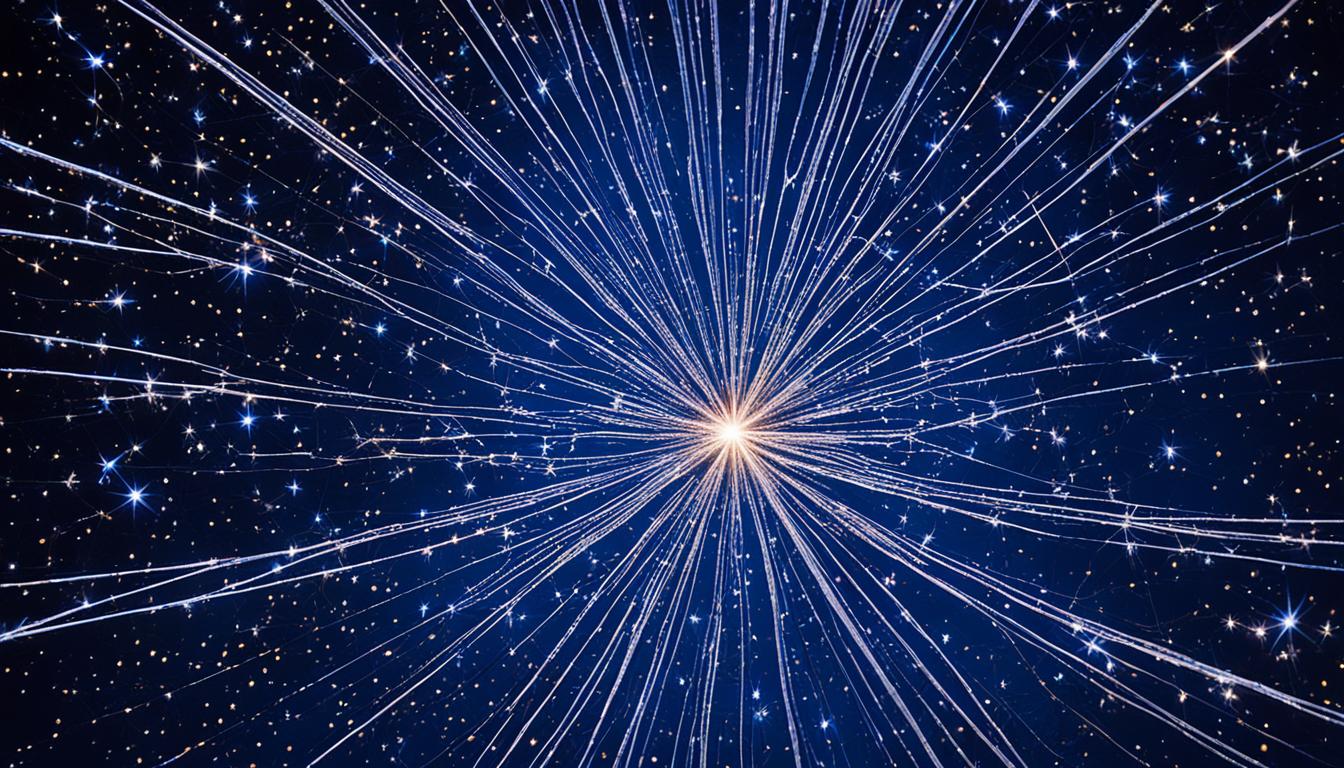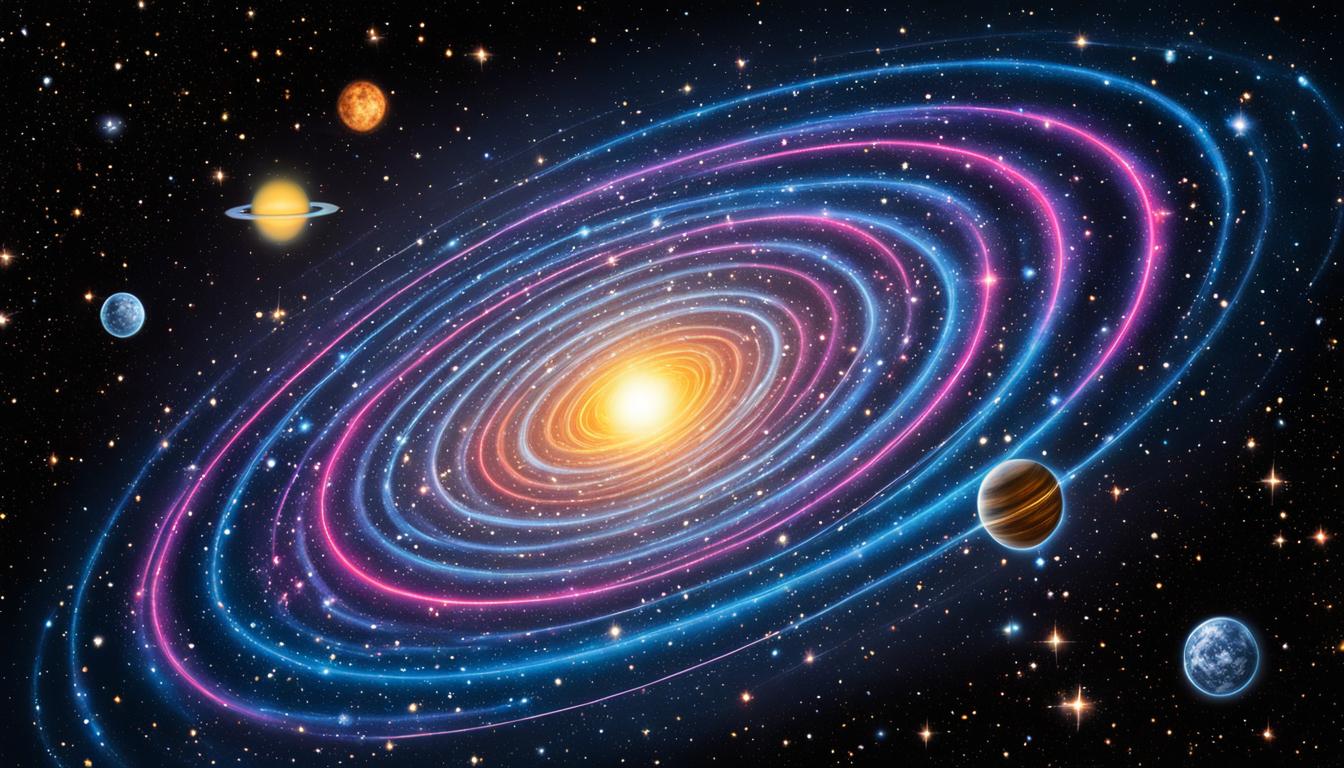If you are a frequent camper or live somewhere outside of a city, you will see millions of stars in the sky every night. Some of those stars, when looked closely, will form shapes, which we call constellations. Have you ever wondered how are constellations formed? How do constellations come to be, and what forces create them?
Constellations tell a story that goes beyond just stars lining up. It’s a story woven into our universe’s very fabric. As we understand how celestial patterns are made, we see the dance of gravity in the night sky. Stars begin in fire, and gravity shapes them into constellations. Each constellation shows the deep, ongoing creation process.
See also: How Big is the Universe? Exploring Space
These are all nice and relatively easy-to-answer questions. Constellations aren’t mysteries to us like other parts of the universe. They are easy to understand and how they come to be. I’ll explain how are constellations formed in this article.

Tracing Back to the Cosmic Dawn: The Origins of Star Formation
Okay, if we want to understand these stars and how they form constellations, it’s easy. But first, let’s take a look at their story. Our journey to understand stars and star constellations takes us far back to the cosmic dawn. This period marks when the universe went from filled with primordial gases to glowing with light from the first stars. It’s where the story of stars and astronomy begins, among silently evolving cosmic matter.
Stars begin with primordial gases, mainly hydrogen and helium, clumping together. These gas clouds got denser and started the process of star formation, lighting up the universe. This journey from gas clouds to the first stars and when the Earth formed marks the beginning of constellations.
The Role of Dark Matter in Early Star Formation
In addition to gases and gravity, there is also one more thing that is the core of the stars that formed, dark matter. Dark matter plays a crucial role in star formation. It’s invisible but has a strong gravitational pull that helps gases clump together. This helped start nuclear fusion in new stars.
Thanks to advanced technology, we find cosmic fingerprints from these early moments across the universe. These clues allow scientists to discover how stars were born long ago. Discovering these cosmic fingerprints has changed how we understand the universe’s early days and the formation of stars.
How Are Constellations Formed?
The formation of constellations might seem mysterious, but it’s not. The explanation lies in the cosmos’s processes. The process of constellation formation starts with stars being born in the galaxy. They come from molecular clouds. These stars then move through space.
Gravity often pulls them together into clusters and stays in the same place. Then, when we look up from Earth, we see these clusters as some sort of shape that resembles something. This is how constellations are formed and how we name them. These star groupings form what we see as constellations from Earth.

Astronomy and constellation formation show that constellations aren’t random. They are the result of cosmic movement and how we see stars from Earth. We connect stars at very different distances into patterns. These patterns have been shared for generations with their rich histories and mythologies. We have been putting names and stories onto these patterns. Though stars in a constellation may be far apart in space, they form familiar shapes from our view on Earth.
The question of how constellations are formed also involves how stars seem to move. As Earth spins and orbits the sun, constellations seem to shift across the sky. They keep their shape but move over time.
This actually means quite a lot, and that’s why they became so important right from ancient times. People used to look at the constellations to determine seasonal changes, weather forecasts, and such. That’s because the constellations move with Earth. They appear at the same time periods every year. That’s why we use constellations to name and determine the astrological signs.
Assembling the Cosmic Puzzle: The Formation of Star Clusters
The sky above us is full of stars and planets, and they all combine to make a beautiful picture every night. Those star clusters we see show us how the universe came to be. They are like the building blocks of the universe’s story, letting us see how stars and galaxies form.
Molecular Clouds: The Crucibles of Star Cluster Birth
Molecular clouds are huge areas full of gas and dust. They are where stars start to form. Inside these clouds, gravity pulls everything together. This starts the creation of star clusters, where new stars begin their life.
Gravity makes the gas inside molecular clouds clump together. This forms protostars. These baby stars are part of the cloud but will join bigger groups of stars. As they grow, these protostars move towards becoming true stars, joining the galaxy’s dance.
Nuclear Fusion: Igniting Stars and Clusters
In new stars, nuclear fusion starts happening. This is when hydrogen atoms join to make helium, releasing a lot of energy. This energy makes the stars light up. It turns the young stars into bright spots in the sky, adding to the beauty of star clusters.

Conclusion
Alright, in the end, when we say constellations, we actually mean stars that are grouped together up in the sky. If you were to be up there next to them, you actually wouldn’t see the same picture. They are thousands, if not millions, of kilometers away from each other, but they always stay at the same place.
So when we look up from Earth, we see them in a shape because the distances look shorter. We call those shapes constellations, and we, humans, have been using them to navigate our way, understand our Earth, and plan for the future since the beginning of the dawn.
The astrological signs that we use today come from constellations. Say, in June, there is a constellation that looks like Gemini, so every person that is born when the Gemini constellation is up there considers themselves a Gemini.
“To contemplate the stars is to examine the storyboard of the universe, for in each pattern lies a narrative of creation, structure, and the boundless influence of gravity.”
Understanding the stars, we see the beauty of the night sky and the cosmic forces. This conclusion hopes to inspire deeper thought and appreciation. We look at the constellations that have led cultures and still inspire awe and curiosity.
FAQ
What Determines the Shape and Structure of Constellations?
Constellations get their shapes from our view of Earth. It looks like stars are close, forming patterns. But they are actually far apart. Our line of sight makes patterns that ancient people named.
Are New Constellations Still Being Discovered?
Most known constellations have been around for a long time. The International Astronomical Union decides on star patterns. As space exploration grows, we might find or redefine constellations. Our star maps are getting better.
How Long Does It Take for a Constellation to Form?
Seeing a constellation pattern is quick for us. But stars live from millions to billions of years. Star creation takes a long time, too. It involves gas and dust coming together because of gravity. So, while we quickly spot constellations, their stars have a long history.
How are constellations formed?
Stars come together in the night sky to form constellations. They are connected to make specific shapes and given names. To form constellations, we spot groups of stars creating shapes. These are named after objects, animals, or mythological figures they resemble.
What celestial objects are found in constellations?
Constellations mainly consist of stars. But they can also include galaxies, nebulae, and clusters.
How are stars grouped in constellations?
Stars are grouped based on how close they seem in the sky. When connected, they outline shapes or figures.
How are cosmic shapes formed within constellations?
Cosmic shapes in constellations come from arranging stars and objects. Connecting them with imaginary lines makes recognizable patterns.